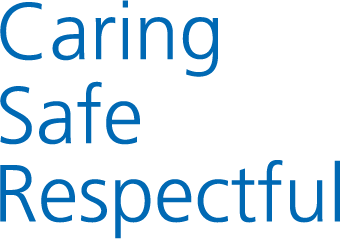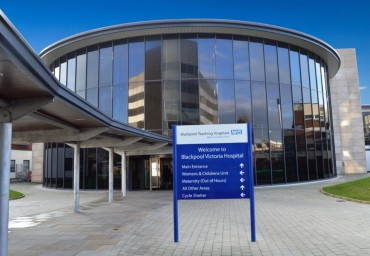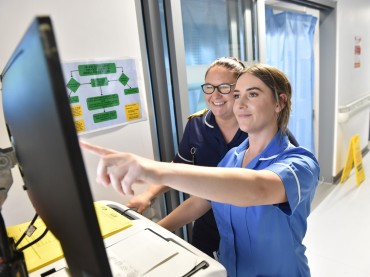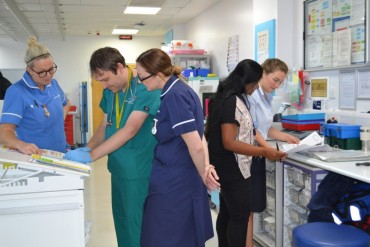Overview
This guidance is provided to assist with your preparation for your endoscopic procedure. If you feel unclear about how to proceedafter reading this information, please contact the Endoscopy Booking Assessment Nurse, please see contact phone number on the backof this leaflet.Please be aware that we are a Teaching Hospital and may have trainees in any areas of your pathway. They will always besupervised and will always be working at the level of training. If you would rather not have a trainee involved in your care, please informthe admission nurse. Please be reassured that this will not affect your care.An ERCP has been recommended for you to examine the bile ducts and occasionally the pancreatic ducts with a view to providing treatment.
We are aware this PDF are might not be accessible to all users. If you would like to request an accessible version, please contact bfwh.
Read our accessibility statement to learn more.



